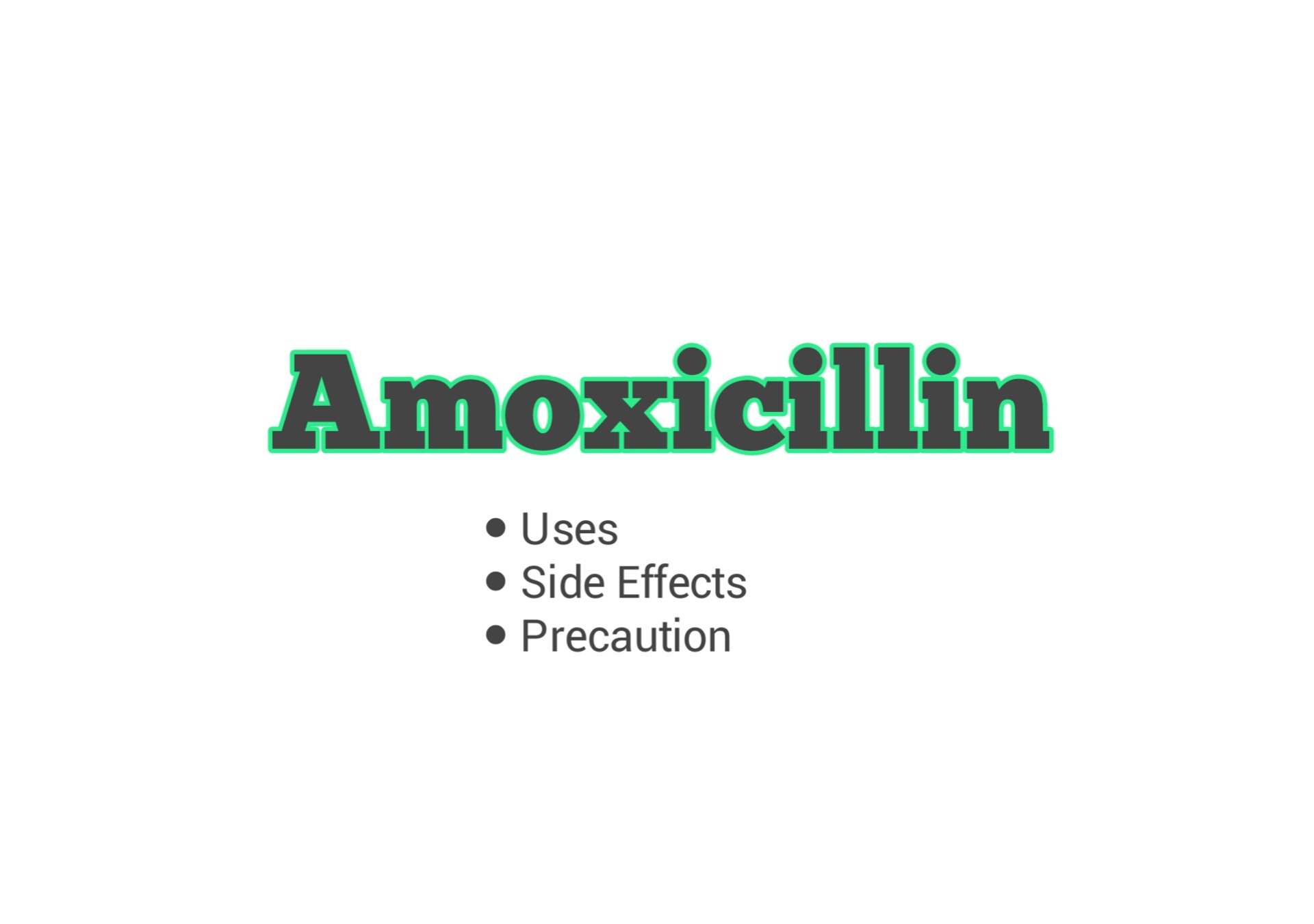
What Is Amoxicillin?
Amoxicillin is employed to treat many different types of infection caused by bacterium, like tonsillitis, bronchitis, pneumonia, gonorrhea, and infections of the ear, Chest, nose, throat, skin, or tract.
Amoxicillin is also generally used together with another antibiotic referred to as clarithromycin (Biaxin) to treat stomach ulcers caused by Helicobacter pylori infection. this combination is typically used with a stomach acid reducer referred to as lansoprazole (Prevacid).
How to use amoxicillin
Take this medication orally with or without food as directed by your doctor, sometimes each 8 or 12 hours. The dose is based on your medical condition and response to treatment.
Drink plenty of fluids whereas using this medication unless your doctor tells you otherwise.
For the best effect, take this antibiotic at evenly spaced times. to assist you remember, take this medication at the same time(s) a day.
Continue to take this medication till the full prescribed quantity is finished, even if symptoms disappear after a few days. Stopping the medication too early might permit bacteria to continue to grow, which can lead to a return of the infection. Tell your doctor if your condition persists or worsens.
Side effects
Like all medicines, amoxicillin will cause side effects, though not everyone gets them.
Common side effects
These common side effects happen in around 1 in 10 individuals. Keep taking the medication, however discuss with your doctor or pharmacist if these side effects trouble you or don’t go away:
- Feeling sick
- Diarrhea
- Upset stomach
Serious side effects
Serious side effects are rare and happen in but 1 in 1,000 people. Tell a doctor straight away if you get:
- Severe, bloody diarrhea
- Yellowing of the whites of the eyes and skin (warning signs of liver or gallbladder problems)
- A bad skin rash which will include flushing, fever, blisters or ulcers, or skin that appears
- Dark urine
- Bruising or skin discoloration
- Joint or muscle pain that comes on when two days of taking the medication
- A skin rash with circular red patches
Precautions
Although amoxicillin will treat certain infections effectively, repeated use will reduce its effectiveness.
A 20-year study published within the BMJ in 2014 found that 1 in 10 of all antibiotic prescriptions failed to treat the infection. the number of antibiotic failures has been rising.
This would seem to indicate a growing tendency toward antibiotic resistance, wherever overuse of antibiotics is reducing their effectiveness.
For this reason, doctors need to be sure that the patient’s condition is caused by a microorganism, and to grasp if a patient has previously used Amoxil.
Alcohol doesn’t have an effect on the antibiotic activity of Amoxil, however patients ought to avoid drinking alcohol whereas an active infection is present. this could support the body in effectively eradicating infection.
The use of alcohol may mask side effects which will occur with amoxicillin, increasing the potential for complications.
Health care suppliers should additionally know if the patient has any of the subsequent conditions:
- • Allergy to penicillin or cephalosporin antibiotics
- • Asthma
- • Hay fever
- • Hives
- • Kidney disease
- • Mononucleosis
- • Phenylketonuria
Pregnancy: Amoxicillin is generally considered safe to use during pregnancy when prescribed by a healthcare provider. It falls into Category B of the FDA’s pregnancy classification, which means that animal studies have not shown any harmful effects on the fetus, and there are no well-controlled human studies to confirm harm. However, it’s crucial to follow your healthcare provider’s advice and only take amoxicillin during pregnancy if they believe the benefits outweigh any potential risks.
Breastfeeding: Amoxicillin is usually compatible with breastfeeding. It is considered safe for nursing mothers because it is typically excreted in breast milk in small amounts, and it is unlikely to harm a breastfeeding baby. However, it’s still advisable to consult your healthcare provider before taking any medication while breastfeeding. They can help assess the specific situation, your medical history, and the needs of your baby to make the most appropriate recommendations.
Related;
- Learn More about Generic Drugs and Brand Drugs
- Supplements, Like Hair, Skin and Brain Supplements
- Also learn, anti-aging, male and female supplements
